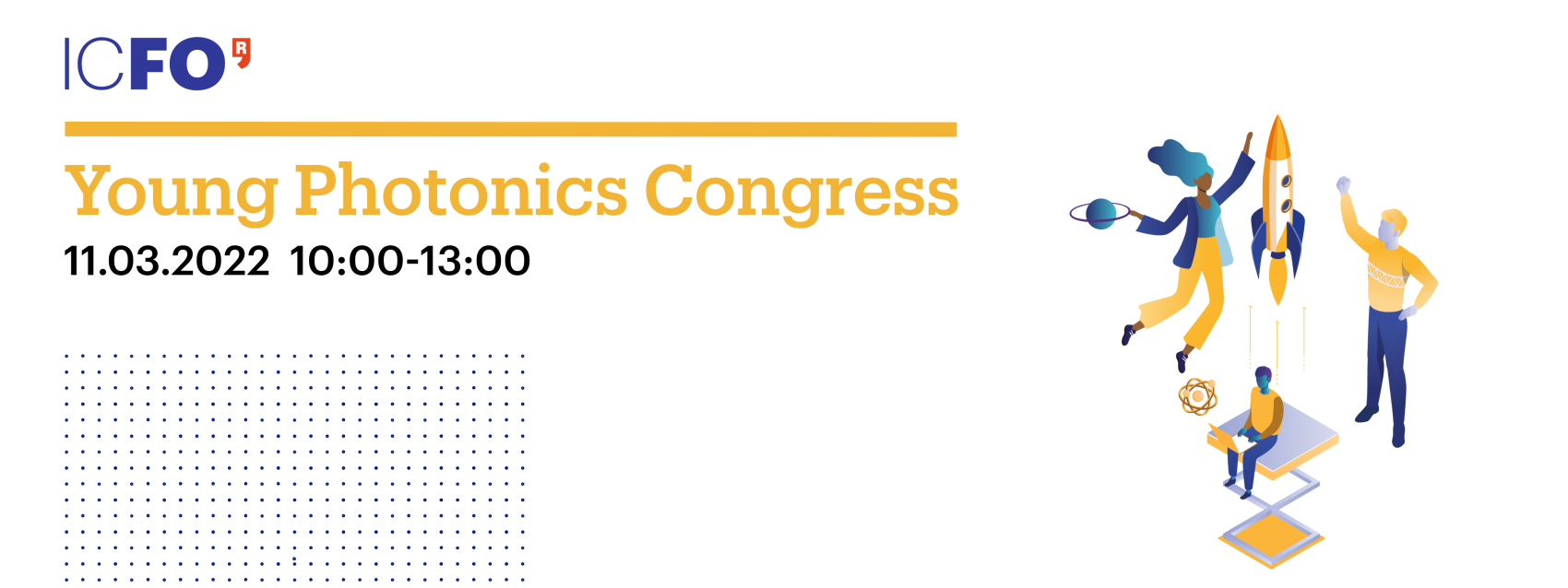
El Young Photonics Congress es un congreso científico protagonizado por estudiantes de ESO y bachillerato que presentan sus proyectos de investigación.
¡Descubre el mundo de la fotónica con las charlas flash sobre la investigación que se hace en ICFO y con los proyectos de investigación de jóvenes científicos y científicas!
programa
11 de marzo de 2022 – ICFO (CASTELLDEFELS)
charlas Flash
Haz clic en el + para más informaciones
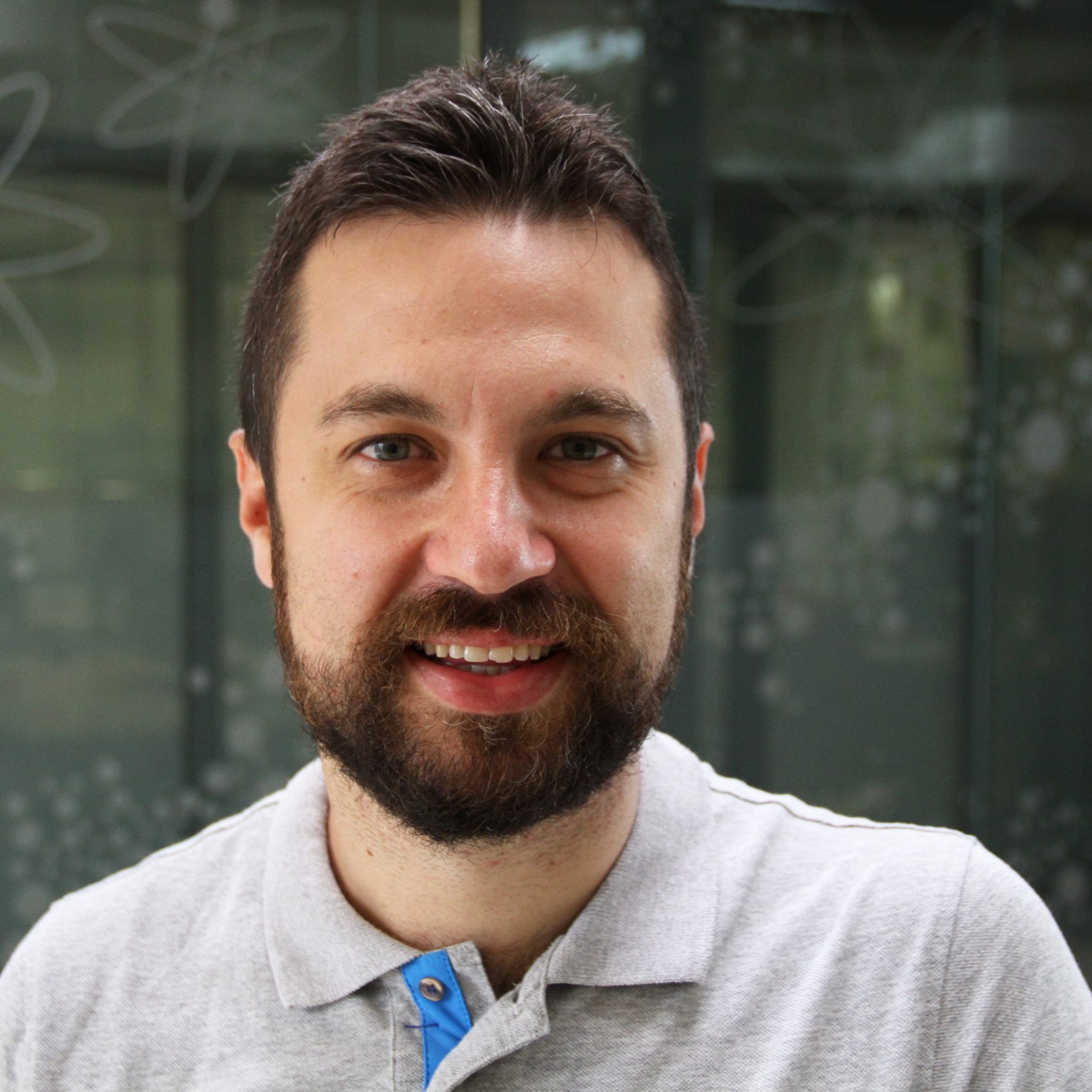
GIANVITO LUCIVERO
Gianvito Lucivero es actualmente PROBIST fellow y da clases de Quantum Sensing en el Master in Quantum Science and Technologies.
Obtuvo su doctorado en ICFO, demostrando la mejora de sensores atómicos con luz squeezed. Entre 2016 y 2019 trabajó en la Universidad de Princeton, donde contribuyó a la primera detección de biomagnetismo humano en ambiente no blindado con magnetómetros ópticos.
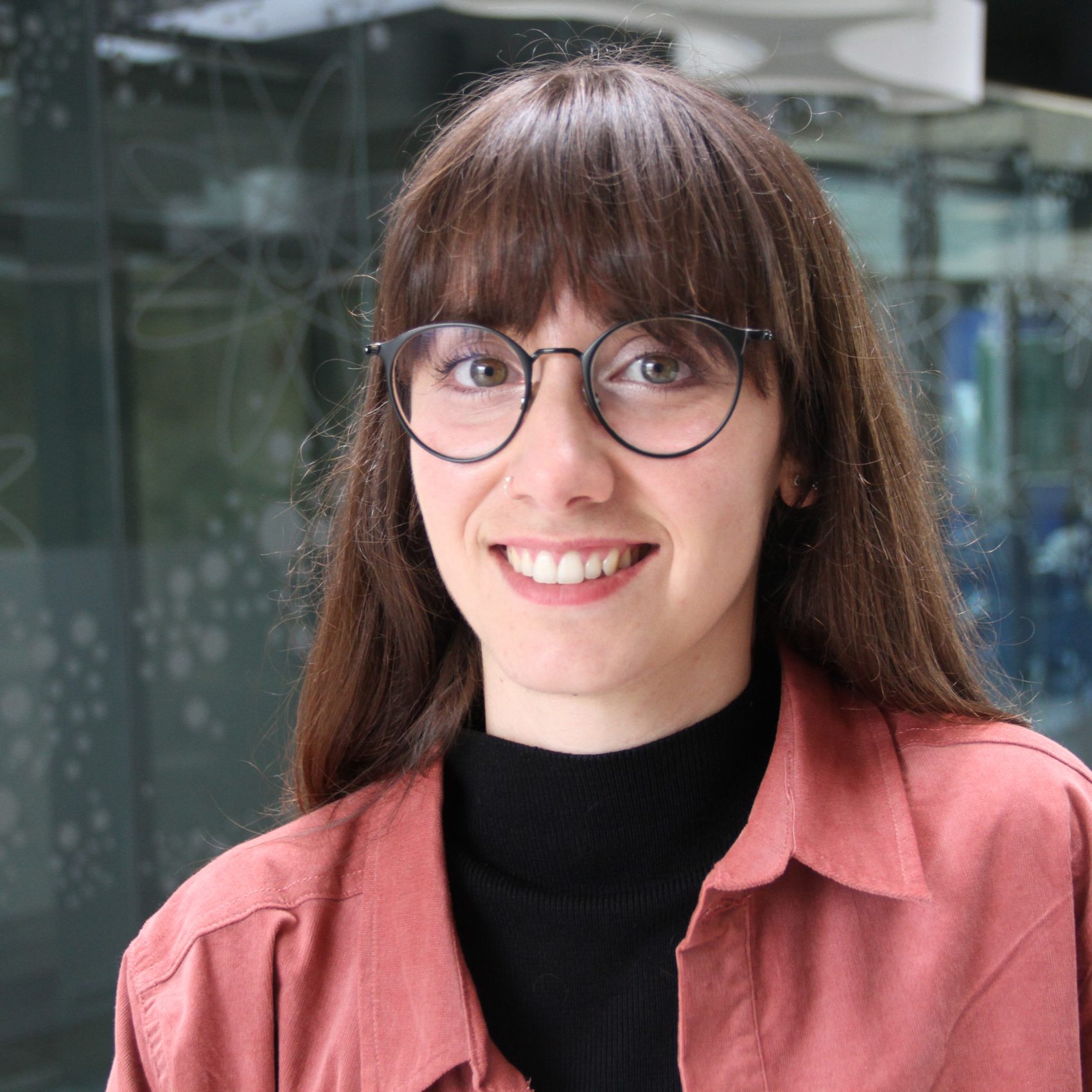
Marina Cunquero
Marina se licenció en Microbiología en 2019 por la Universitat Autonoma de Barcelona, y continuó sus estudios de posgrado en la Universitat Pompeu Fabra. En 2016 se incorporó al ICFO como técnica de laboratorio y quedó fascinada con el amplio espectro de posibilidades de investigación que ofrece la microscopía óptica. Actualmente está cursando su doctorado en biofotónica en el grupo de Super-Resolution Light Microscopy and Nanoscopy, dirigido por Pablo Loza. Sus intereses de investigación son una mezcla de neurociencia y óptica. Estudia cómo se comunican las neuronas en el ojo para encontrar nuevos tratamientos para la discapacidad visual.
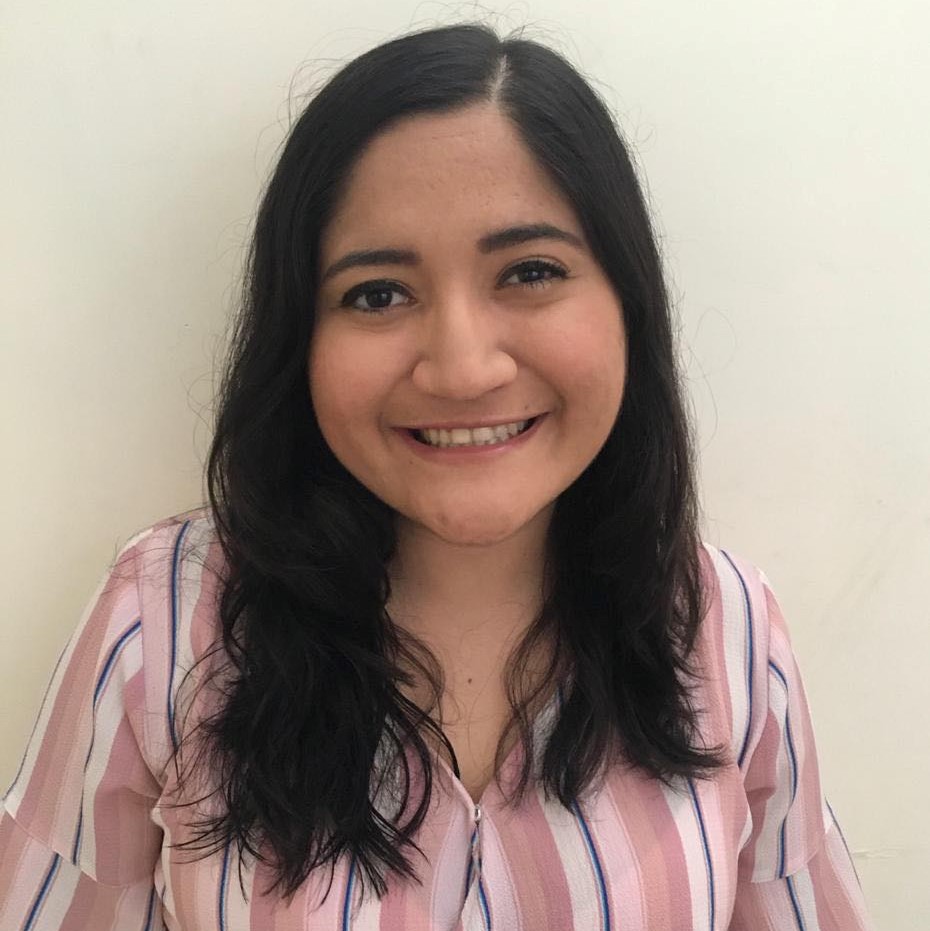
María Paula Ayala
María Paula Ayala es estudiante de Física en la Universidad Yachay Tech (Ecuador). Ha participado en proyectos relacionados con Ciencias de Materiales y Nanociencias Computacionales. Actualmente, está realizando una estancia en el Grupo de Fotónica Térmica dirigido por la Prof. Georgia Papadakis en ICFO, estudiando como ajustar la emisión térmica de los materiales.
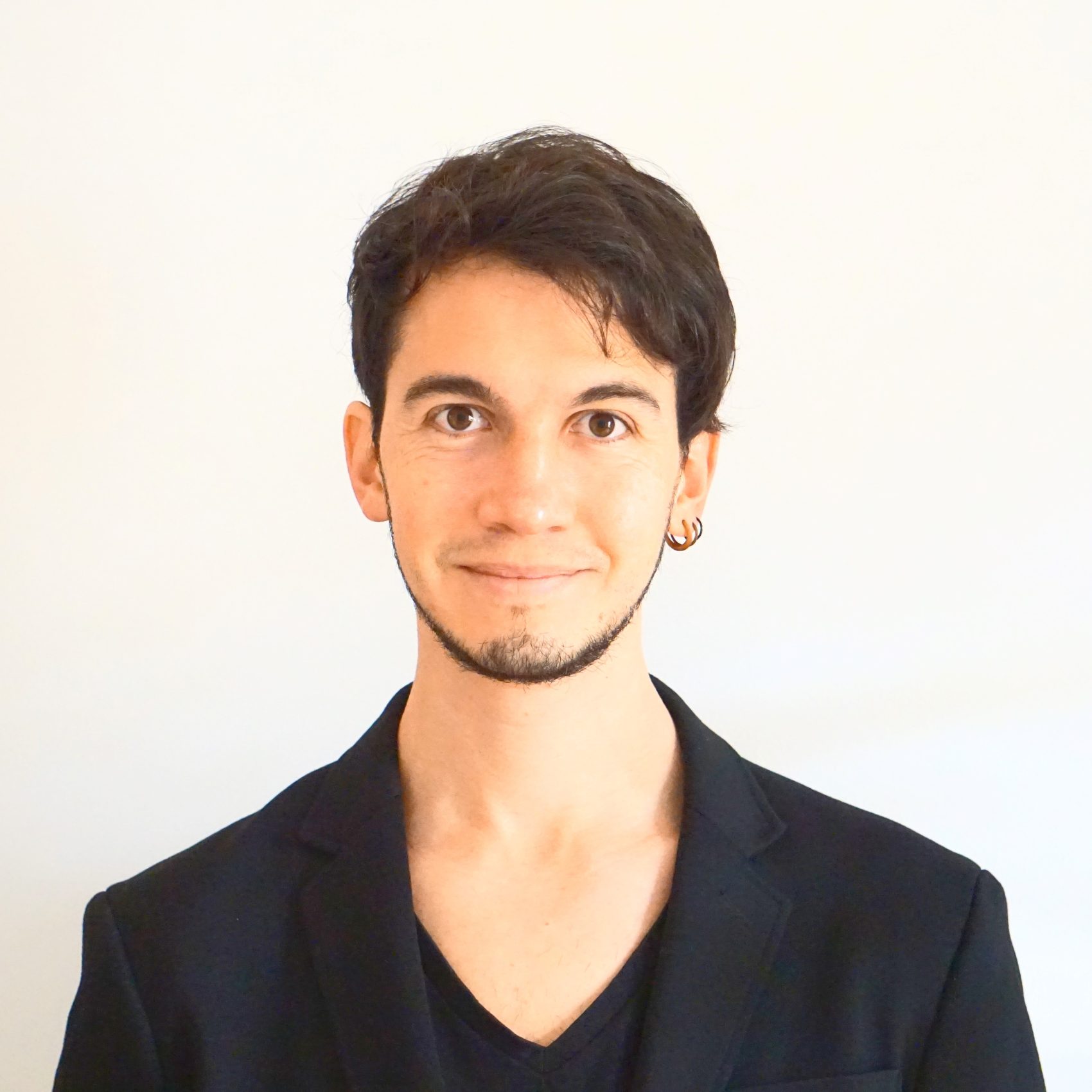
Roland Terborg
Roland obtuvo su licenciatura en Física en la Universidad Nacional Autónoma de México (UNAM) y realizó el doctorado en Fotónica en el ICFO. Actualmente trabaja como emprendedor en ICFO Launchpad, coordinando la investigación científica y el desarrollo empresarial para un nuevo proyecto derivado en el sector de las ciencias de la vida.
PROyECToS
Haz clic en el + para más informaciones (todos los resúmenes están en inglés)
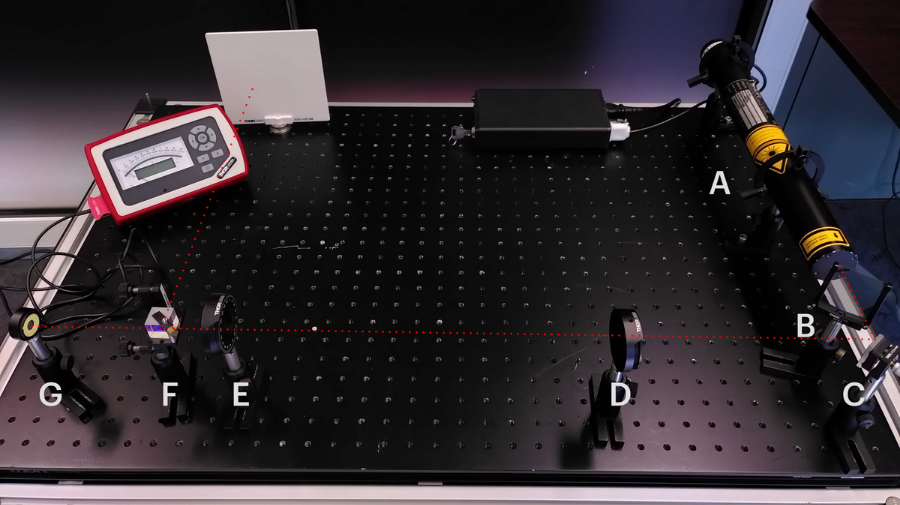
la criptografía cuántica es una manera segura de enviar información? (IS QUANTUM cryptography a safe way to transmit information?)
MarÍa amores cintora
British School of Barcelona – Castelldefels (1 bat)
Tutora: María Ángel Cintora
The aim of my project is to demonstrate how we can transmit a secure message using polarised light. I will use a laser, polarisers, a light intensity sensor, half-wave plates and a mirror.
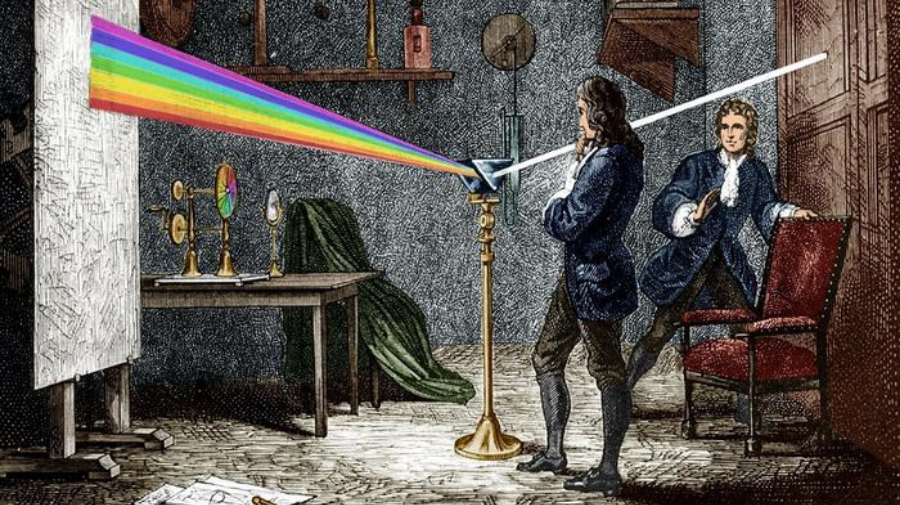
la difracción de la luz (La difracció de la llum)
Èric Cornet Bonilla, Daniel Fernández Redondo, Jordi Sagrera Jorge
IES El Castell – Esparreguera (2 bat)
Tutora: Montserrat Muñoz
To apply the scientific method in a laboratory with the most adequate materials
To know the scientific and historical bases on the nature of light
Do a theoretical study of the magnitudes that define waves and its properties
Explain the phenomenon of diffraction
Using the diffraction we have calculated the diameter of different sewing threads.
Next, we compare the measurement obtained by the experimental procedure with the real value.
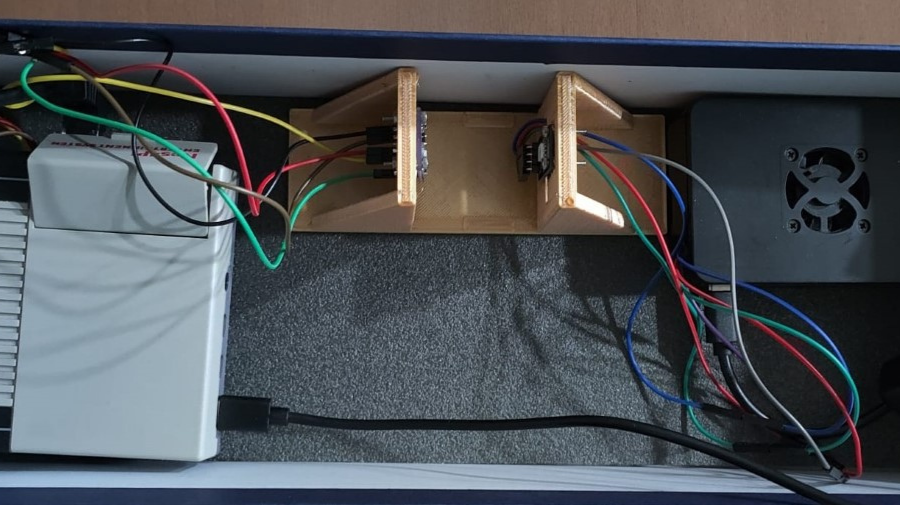
transmisión de datos a través de la luz: prototipo lifi con led rgb (TRANSMISSIÓ DE DADES A TRAVÉS DE LA LLUM: PROTOTIP LIFI AMB LED RGB)
Erik Marín Martín
We live in the information society. Can we use existing infrastructures and technologies to cover this demand or use others when current ones have problems?
We have built a functional and economical prototype using VLC principles with LED RGB to be able to draw conclusions about this technology.
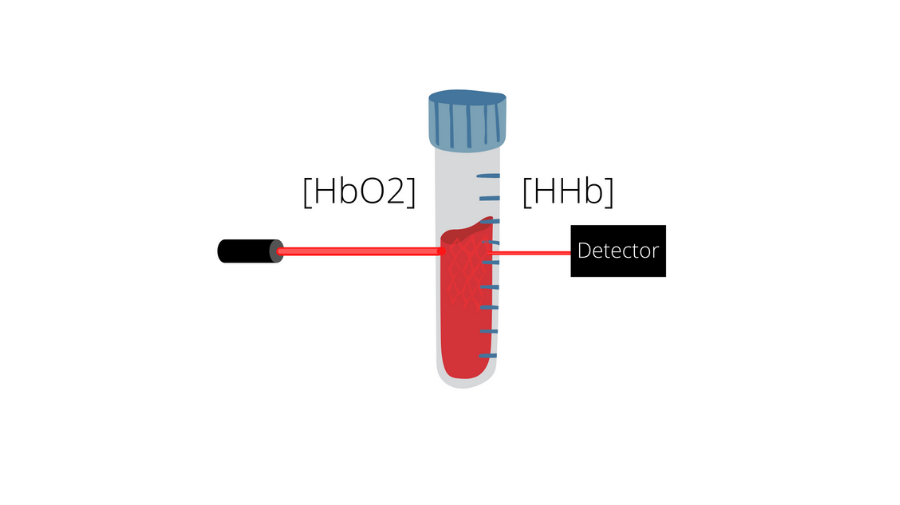
técnicas de medición fnirs y análisis de datos reales como proceso de aprendizaje (On fNIRS measuring techniques and the analyisis of real data as a learning procedure)
Chico Paulics Bresler, Laia Xiao Planas Toro, Pau Rocabert
The aims were to understand fNIRS using a Portalite, including cuff occlusion, and calf/prefrontal cortex activation. The results were an observed increase in HHb and a decrease in O2Hb for the cuff occlusion, the expected results were seen for the calf, no patterns were observed in the cortex.
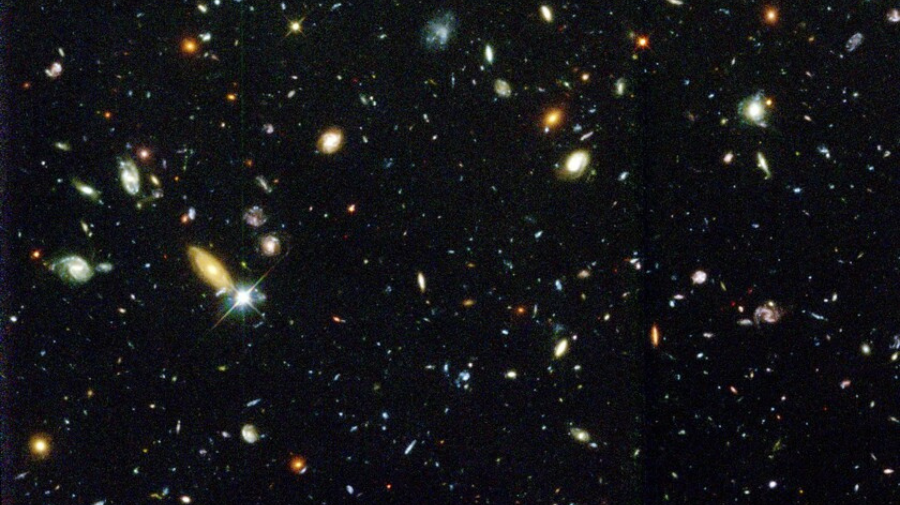
metodo de detección y análisis de la variabilidad de una estrella variable (Mètode de detecció i anàlisis de la variabilitat d'una estrella variable)
Laia Cambra Chaler
Tutora: Mailhyn Cafiero
its light curve and period. In order to do this, a series of images have been taken and pre-treated. The information obtained has led to some results that have allowed us to speculate on the reason for its variation.
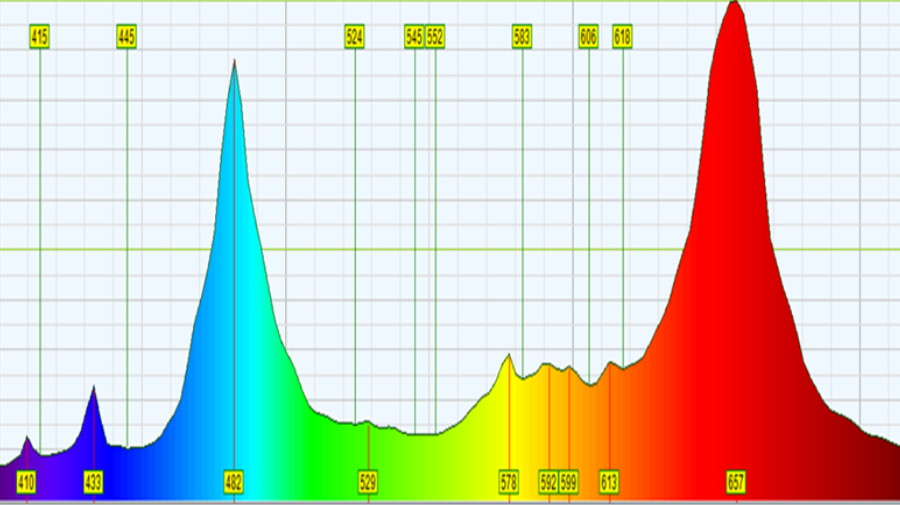
diseño y construcción de un espectrometro (Disseny i construcció d'un espectròmetre)
Adrià Capdevila Zurita

buscando la partícula: cálculo numérico y física cuántica (Buscant la partícula: càlcul numèric i física quàntica)
Isabel Sitjà Castellarnau
Tutor: David Corrons

¿es la velocidad de la luz cierta? (És la velocitat de la llum certa?)
Daniel López-Moya Casado
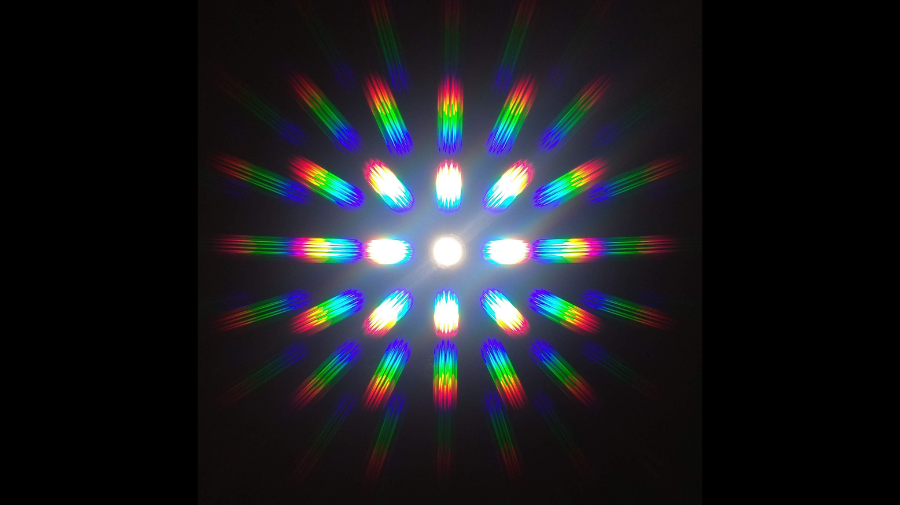
propiedades de la luz: difracción e interferencia (Propietats de la llum: difracció i interferències)
Jan López Bocache
Tutor: Jordi Fernández
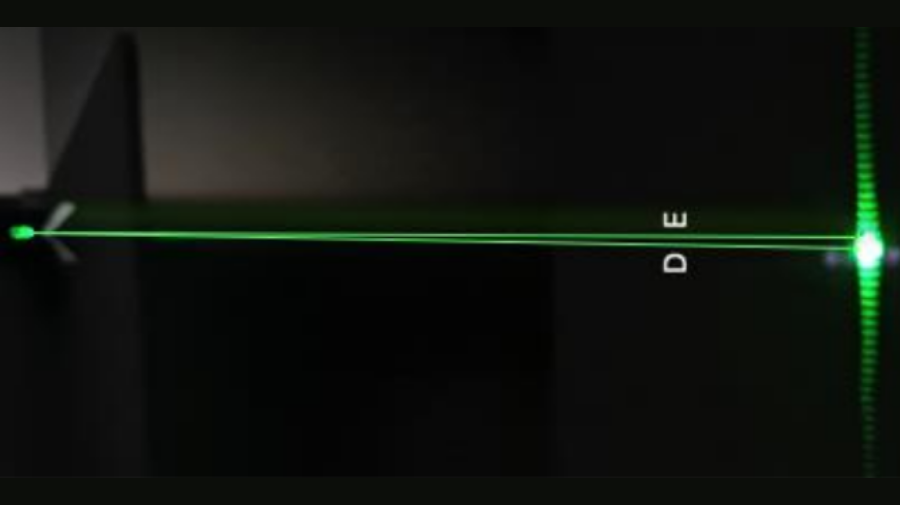
difracción y medidas micrometricas (Difracció i mesures micromètriques)
Eloy Estopiñá Viloria, Deybid Silver Villanueva Rojas
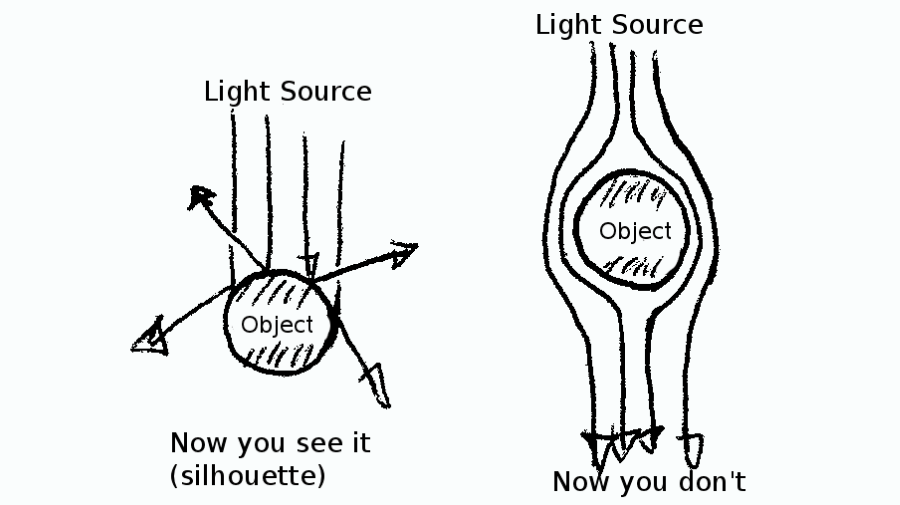
nuestro futuro con los metamateriales (Our future with metamaterials)
Aileen Sangalli
Tutor: Adam Sierens
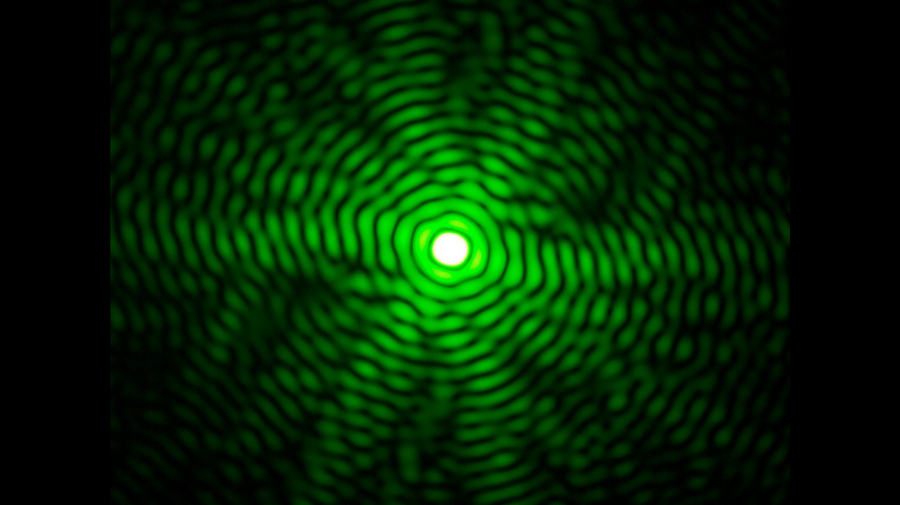
la dualidad onda-partícula de la luz (La dualitat ona-partícula de la llum)
Olau Vinyals i roca
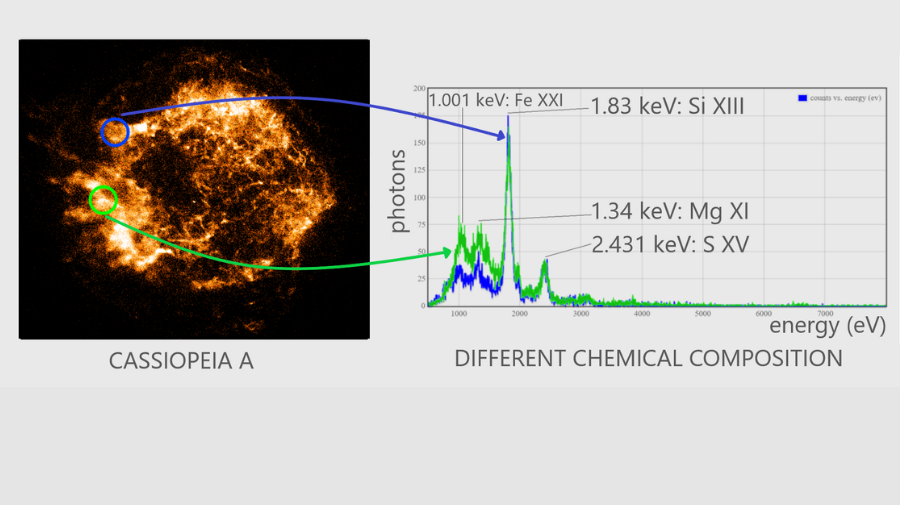
análisis de las anisotropías de SNR Cassiopeia a (analysing anisotropies of SNR Cassiopeia A)
Helena Villares Santiago
Tutor: Francisco Pérez García
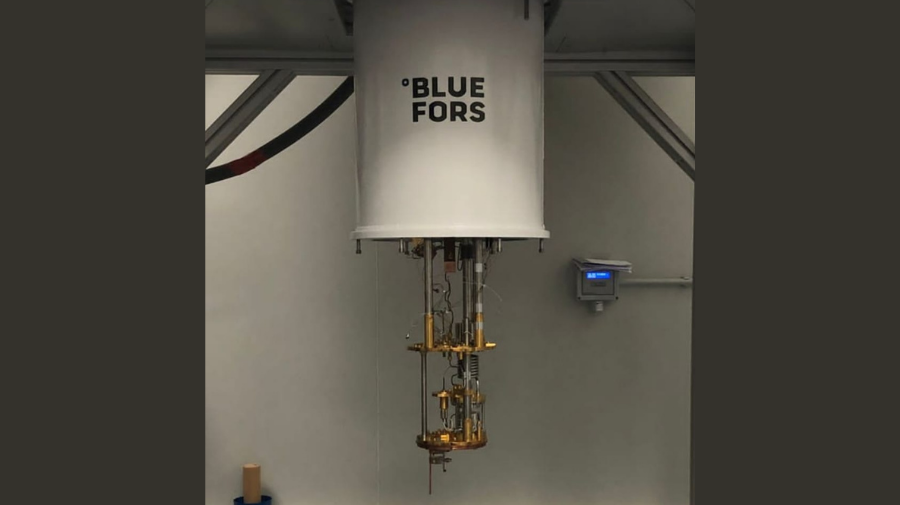
computación cuántica (Computació Quàntica)
Pol Gonzalo Martí, Sam Grifoll Valcarcel, Abel Rodríguez Dominguez
Institut Sunsi Móra – Canet de Mar (2 bat)
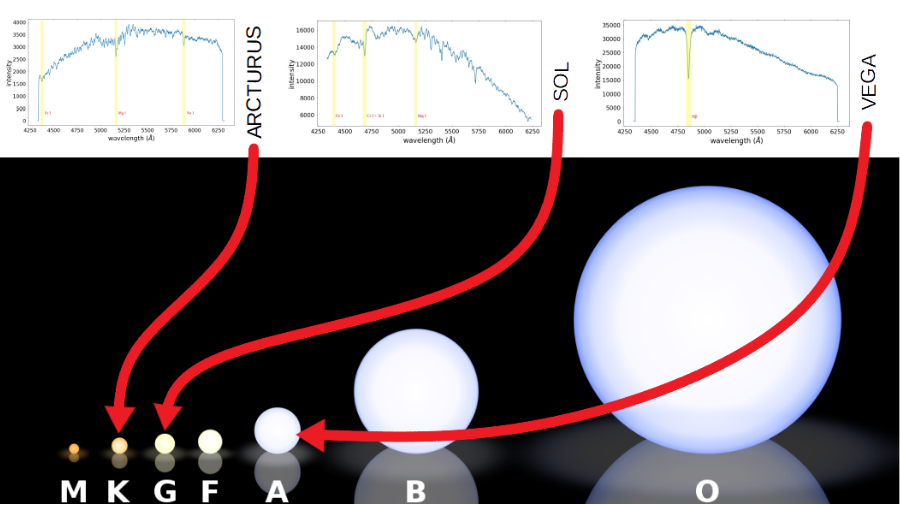
espectroscopía estelar: identificación del tipo espectral de un conjunto de estrellas (Espectroscòpia estel·lar: identificació del tipus espectral d’un seguit d’estrelles)
Adrià Cantarero Carreras
Tutora: Verònica Santamaria Domenech
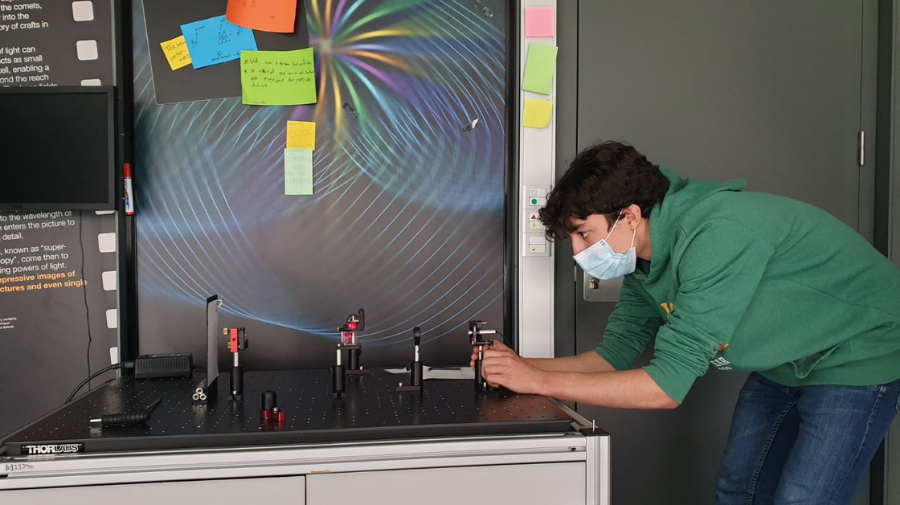
La luz a través del interferometro (La llum a través de l'interferòmetre)
Arnau sirvent villòria
The methodology used was to do 3 experiments, collecting data and analysing it.
The outcome of this work is the result of my calculations compared to the real data, what drawn me to the following conclusions.
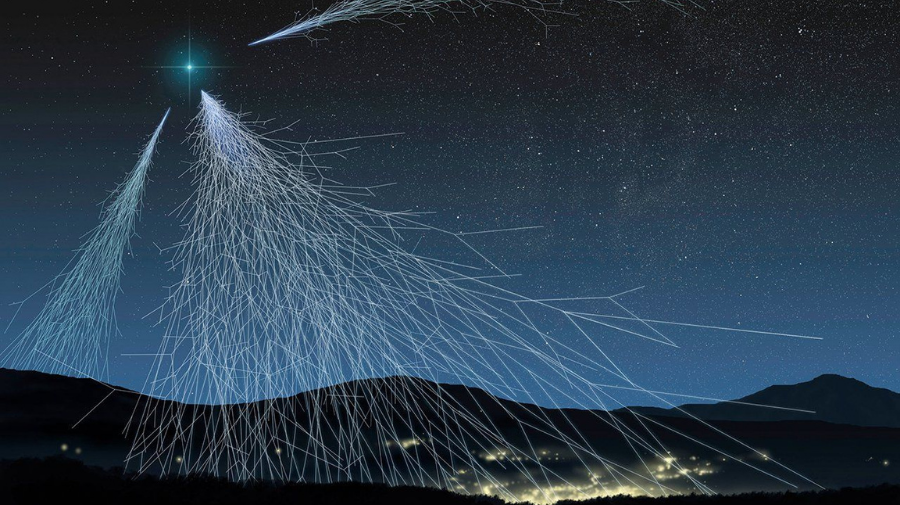
Desafiando la física clásica con los muones
Joel López Juncadella
Tutor: Daniel Parcerisas Brossa
In this research work, I studied the behavior of muons and alpha particles in certain cases with particle detectors. Experiments have been carried out to study these particles, such as the determination of the speed of a muon or of the absorption of the alpha particles.
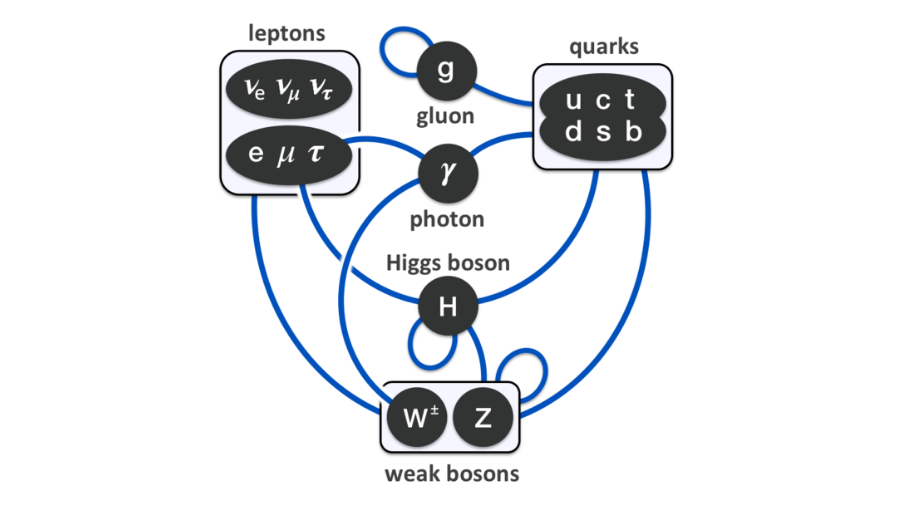
si es la más débil, ¿por qué la llamamos partícula de dios? (Si és la més feble, perquè l'anomenem partícula de déu?)
Aina Rodríguez Bueno
Tutor: Daniel Parcerisas Brossa
The Standard Model of Particle Physics is completed with the Higgs Field, as it gives particles mass. The goal of the project is to describe the field. I conducted a practical experiment with a particle detector called TimePix and different radioactive samples, to delve into nuclear physics.
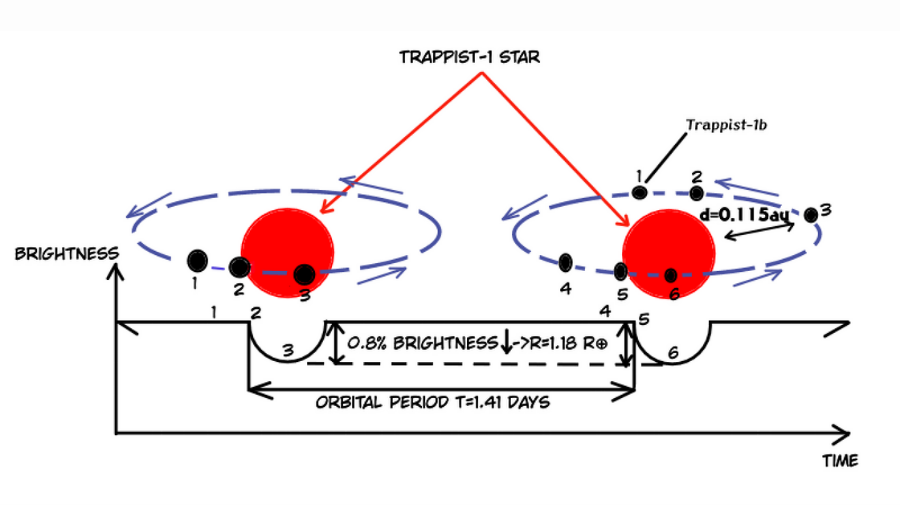
análisis de la luz del exoplaneta trappist-1b (Analysing light from Trappist-1b exoplanet)
Miquel García Urbán, Xavier Garrido Aguilera
Tutor: Francisco Pérez García
A light curve analysis of Trappist-1b exoplanet obtained from Kepler space telescope using a python library called lightkurve give us a planet radius of 1.18 Earth radius and an orbital period of 1.51 days. Calculated distance to the parent star Trappist-1 was 0.115 astronomical units.
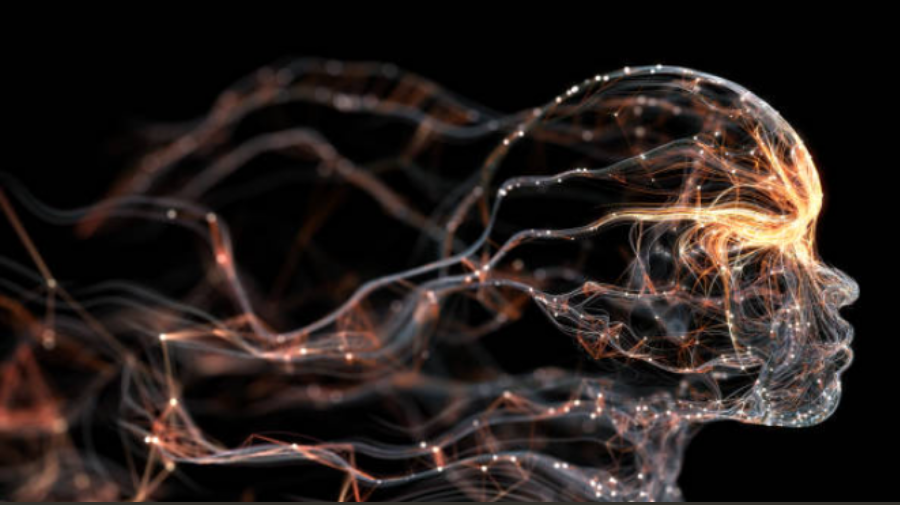
Un ordenador que reconoce las partículas (A computer that knows particles)
Rubén Castaño Gómez
Tutor: Daniel Parcerisas Brossa
an image obtained from a particles’ detector called Medipix and identify three different types of particles: Alpha, Gamma, Beta.
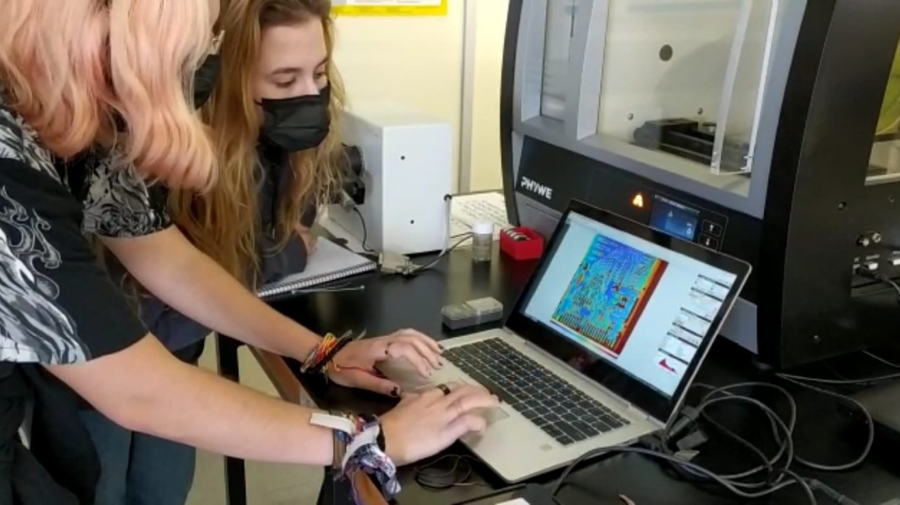
el CERN y los detectors de partículas (El CERN i els detectors de partícules)
Julia González Pons, Bruguers Miranzo López
Tutora: Sonia Tarancón
In our project we experimented with the Medipix detector. We analyzed radioactive materials and objects with X-rays, concluding that the americium had relativistic alpha particles,the itrium a short disintegration span of time, the KNO3 relativistic beta particles and the Pb was an insulating material.
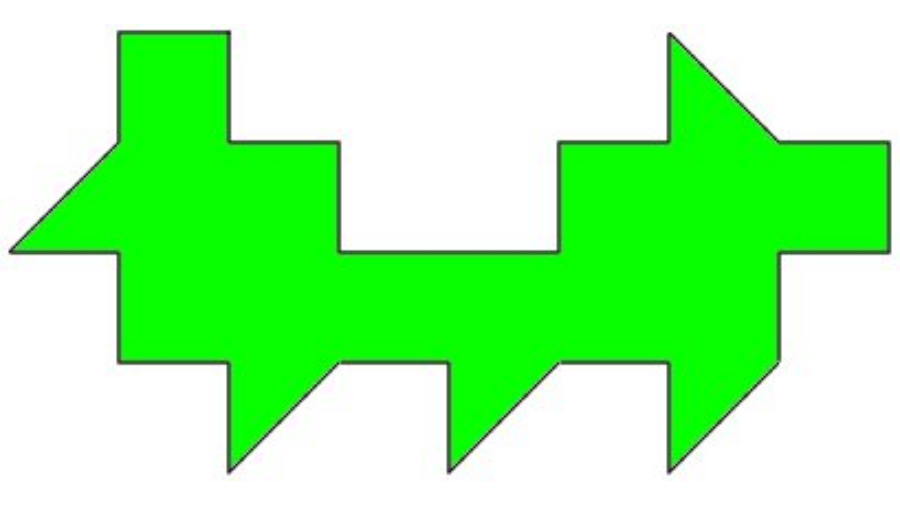
problemas de iluminación (Illumination problem)
Nicolás Atanes Santos
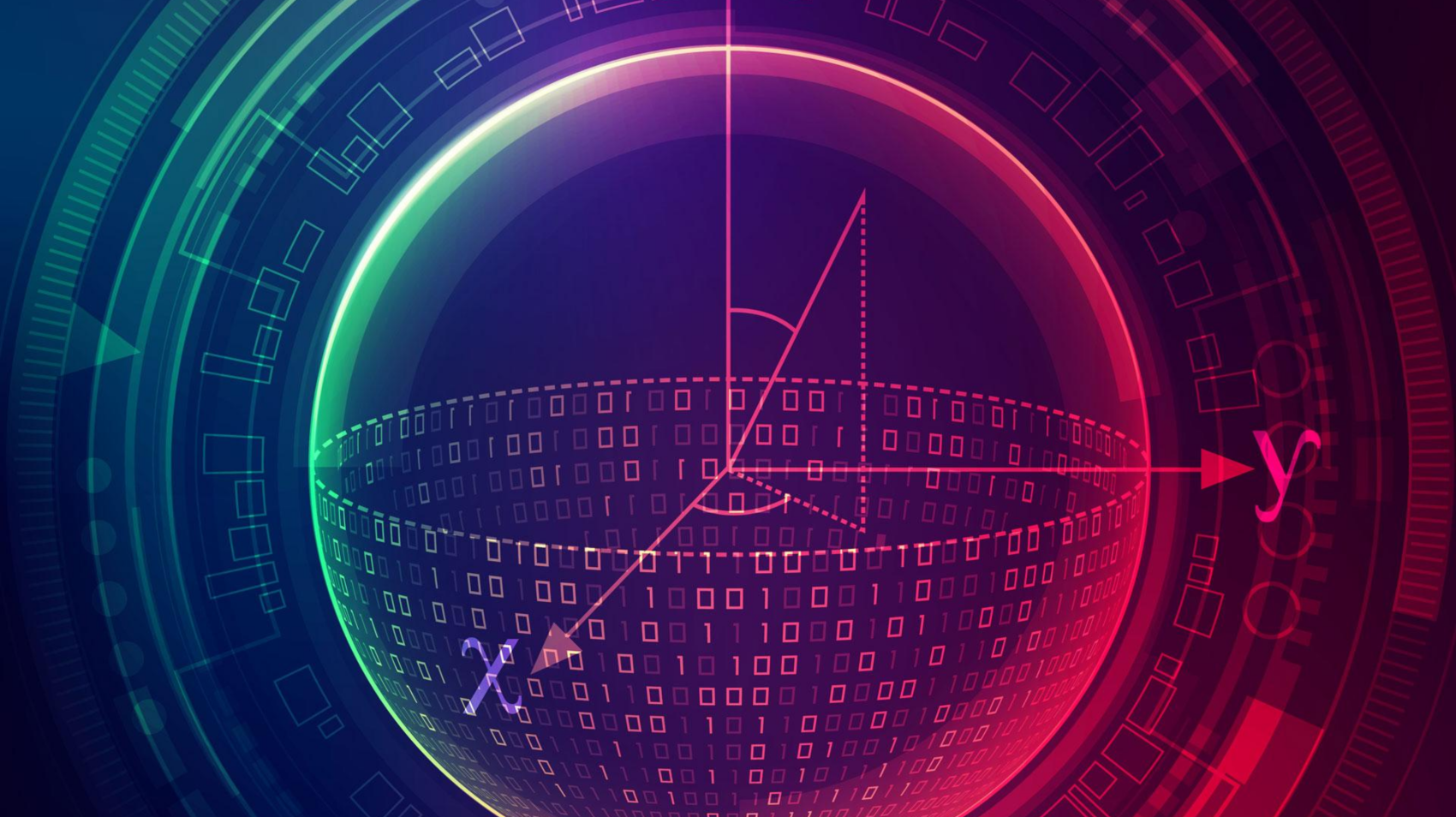
¿cómo de cerca nos queda la criptografía cuántica? (com de prop ens queda la criptografia quàntica?)
inés alonso
Tutora: Rosa Fernández Serra
Light has a lot of applications. How do we use it to exchange information? Looking for answers I came across quantum cryptography.
We have a goal: to encrypt messages.
How do we encrypt using quantum properties? Is it the same as classic encryption? At ICFO I was given the opportunity to perform the BB84 quantum protocol.


